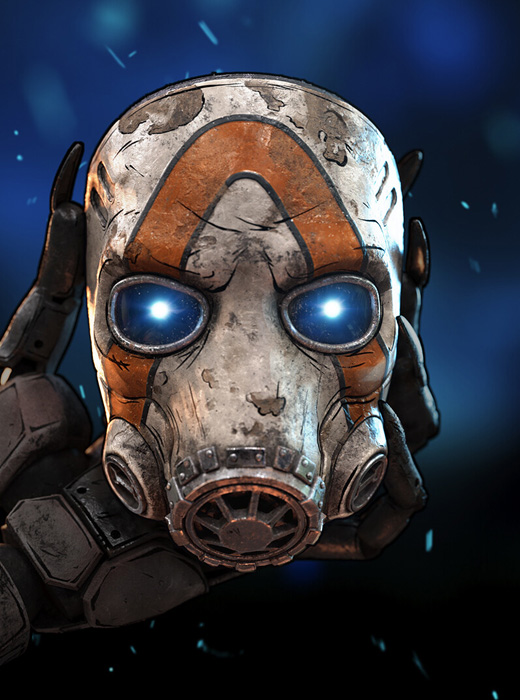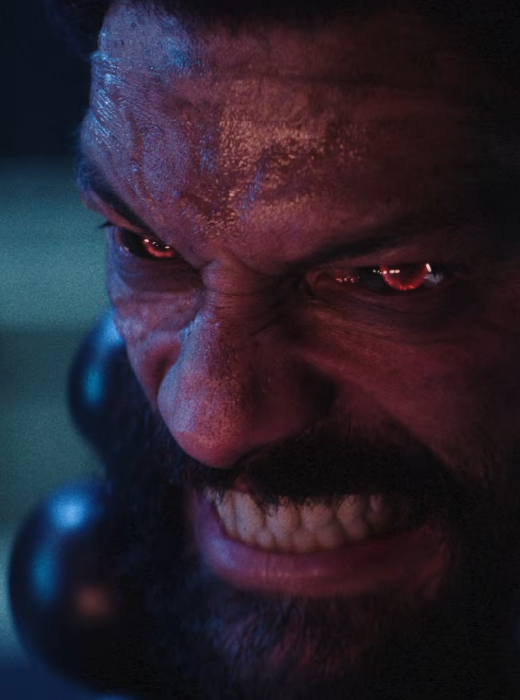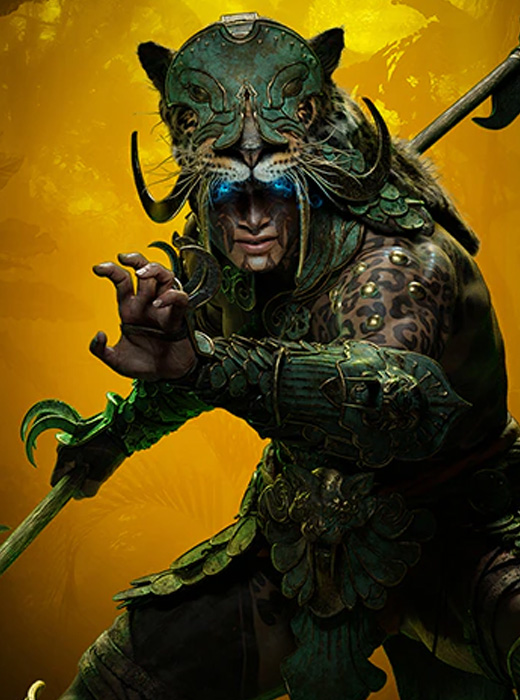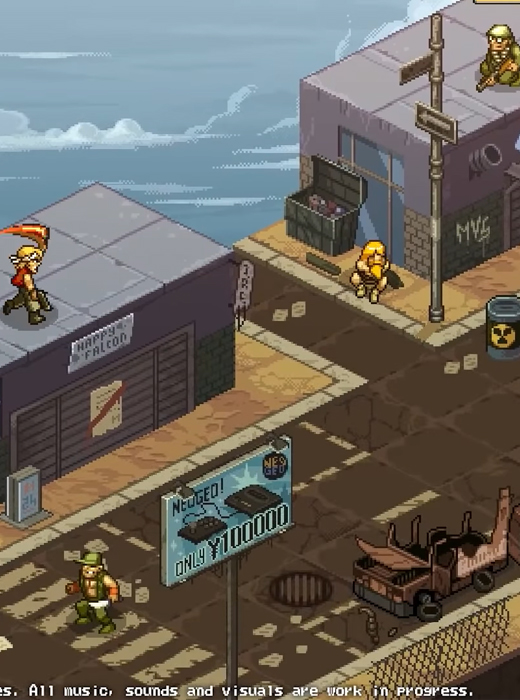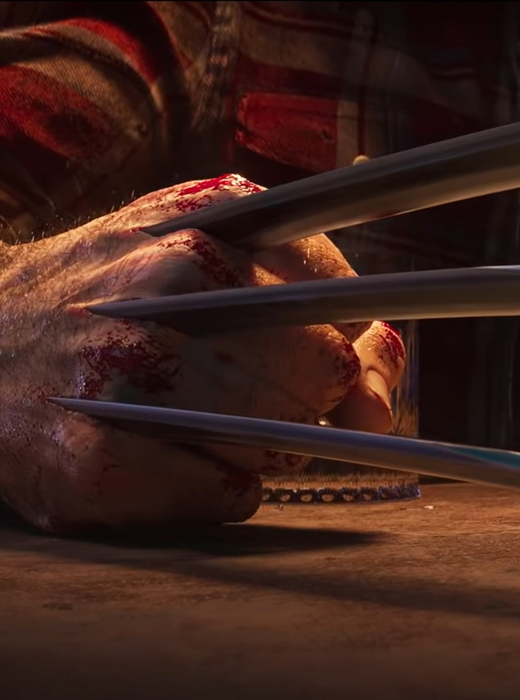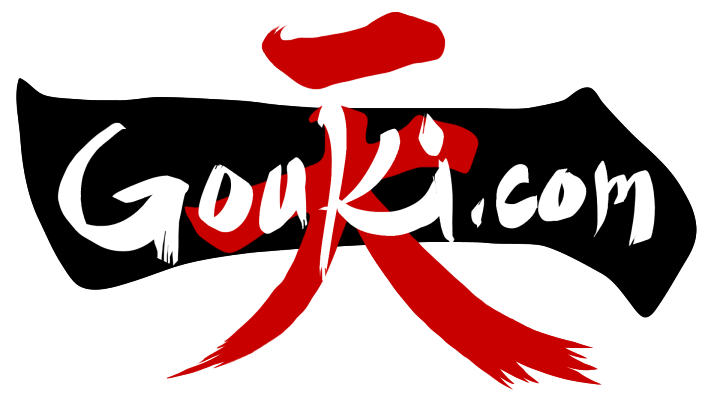Community Review: Tales of Symphonia dawn of a new world
By blazemanx —
June 29, 2011
Tags:
namco-bandai-games
review
video
wii-exclusive
A sequel that falls short of the original but still a great game.
I don't know if this has already been stated but im a HUGE tales fan. Its my favorite RPG series and of course i was hype beyond all comprehension when i heard that namco bandai was making a sequel to my favorite gamecube game. As a fan you automatically have high expectations for this game because it is a sequel to arguably the best game in the series. So how did it stand up to the greatness of its predecessor? Read on and find out.
Story:
The story in Dawn of the New World picks up approximately two years after the events of the original game. As a result of the World Regeneration of the first game, the worlds of Sylvarant and Tethe'alla have become one. However, this isn't as rosy as it all sounds - because of their inferior technology, the people of Sylvarant are oppressed by the Tethe'allans, and the Church of Martel has essentially sided with the Tethe'allans. Because of this, a renegade group known as the Vanguard has risen up to supposedly free the Sylvaranti from their oppression. The town of Palmacosta is caught in the crossfire when Lloyd Irving, the main protagonist from the first game, ravages through the town in an event called the Blood Purge. The new protagonist, Emil Castagnier, watches his parents murdered right in front of his face by the former hero.
Six months later, Emil is living with his aunt and uncle in the town of Luin, shunned by everyone else for hating Lloyd and supposedly bringing bad luck. Here, he meets up with two new characters - Marta, a girl being pursued by the Vanguard, and Tenebrae, a Centurion of the demon lord Ratatosk. In order to protect Marta, who carries Ratatosk's core around on her forehead, Emil forms a pact with Ratatosk, gaining a second personality whenever he is in danger or angry. His new quest is to seek out the eight Centurions' cores in order to awaken Ratatosk and save the world from destruction. Unfortunately, Lloyd Irving and the now sinister Vanguard are after the cores as well, each aspiring to use them for their own devices.
In the beginning, I had loads of questions. Why did Lloyd attack Palmacosta? Why is everyone looking for the Centurions' cores? Is Emil's other personality a result of possession by Ratatosk, or is it another personality deep inside of him? Everything eventually rounds out in the end, but it takes a while for the story to really get going. Plus, Emil's constant bouts of whining, apologizing, and angst grate on the nerves, though he thankfully becomes far less whiny as the story goes on. Despite these minor annoyances, I enjoyed the story a lot. The script is very well written, and there were several moments when I was laughing out loud, especially during the optional skit sequences. There's also plenty of voice acting to flesh out each main character. The story is nothing truly exceptional, but it gets the job done.


Pacing:
One thing often present in RPGs is a gigantic overworld to cross. In Dawn of the New World, that's not exactly the case. Instead of a large, connected world to explore, it's broken up into icons on a world map representing towns and dungeons, navigated through either a menu or point-and-click interface. While some might find this to be a step backwards, I personally was ok with it although i would have preferred the traditional overworld. The experience is a lot less open-ended, as you'll need to progress in a very linear fashion to advance the story. In towns, you'll need to mingle with NPCs for hints at your next objective, which often take you into dungeons filled with sometimes clever, but sometimes bland puzzles. Plenty of characters from the original Symphonia will drop in and out of your party as well, each receiving a fair amount of screen time. This game will take a good amount of time to complete, clocking in at 40-50 or so hours - a good length for most RPGs. The overall progression of the game - town, dungeon, boss, repeat - is very standard, but I had no complaints. I had fun, got in a few laughs, and kept coming back for more. Sometimes that's really all you need.
Music:
The music is, all in all, pretty good. You'll notice that a lot of tracks are from Symphonia, while others have been remixed, and still others are completely new. And a lot of the completely new ones are completely awesome. I really don't have much more to say about that - I listen to a lot of music, but I don't make a good critic of it. I can't explain why the music's good, just that it always seems to fit the scene.
The voice acting is pretty good. Not too many voices from the old game are back, but a lot of the replacements are pretty good . The only real problem i had was Lloyd's voice i really wish they would have brought back the original voice actor. The new voice actors are good as well. Emil's voice actor brings back nostalgia of Tales of the Abyss (and Mighty Morphin' Power Rangers), Marta's adds to her character's overwhelming cuteness (but sometimes annoying), and other new characters I haven't mentioned yet, like Richter, have voice actors that fit their personality perfectly.


Graphics:
Alright, those of you that already have Vesperia aren't going to like this part. The graphics aren't fantastic. It's a Wii game, what do you expect? However, that doesn't mean they're bad. They're actually pretty good. Fight scenes are pretty awesome to watch, and, best of all, the cutscenes don't have to stick to the basics of the character models.
What do I mean by that? It's simple. During normal "press A after each text bubble" scenes, each character has a few different animations they have for speaking, acting scared/embarrassed, etc. But during a lot of cutscenes, they seem to be animated almost from scratch. I still prefer the smooth cartoon like cell shading of the first one though.
Gameplay:
This game is played solely with the Wii remote and Nunchuk. There's no option for Gamecube, Classic, or any other kind of control, but it doesn't really matter - Namco Bandai pulled off the controls almost flawlessly. There's no need to worry about forced or excessive motion control use - you'll really only use the pointer for the Sorcerer's Ring, which is a key element in several puzzles, and the occasional shake or flick for some minigames. You can move around in towns or dungeons using either the analog stick or the pointer and B button, though the former is much preferred. You initiate combat by coming in contact with monsters on the field - touching them from behind gives you the upper hand, as all monsters start out stunned. Yes, I know it's a bit dumb to be happy over this, but even if you can't see exactly what you're fighting, you should at least know when it's happening.
Combat is an absolute joy, and one of the game's high points. You are in direct control of Emil, while competent AI takes over your partners. You can move left or right in a 2D plain with only the analog stick, or hold Z and move around for a free run, which allows you to get a better positioning on your enemies. Motion controls are thankfully not forced, as attacking is handled with the A button, while Emil's Artes are used with the analog stick and B button. You can use more Artes with the D-pad or by shaking the Wii remote in a certain direction, but I never really used these - it's tough remembering the button assignments of 12 different Artes at a time. Once the Unison Gauge at the bottom of the screen is full enough, you can combine multiple party members for a Unison Attack with the C button. In short, combat is fast-paced, occasionally challenging, and a blast to play.
Outside of battle, you can assign Emil's Artes to the analog stick and B button, and customize your party with equipment and passive Skills. Most of the human characters who drop in and out of your party have fixed levels and equipment. Therefore, the rest of your party will consist primarily of monsters you can capture and train. As a Knight of Ratatosk (hence the Japanese title), Emil can form pacts with monsters, adding them to his party, and then strengthening them through battle and cooking food at Katz Guilds scattered throughout the world. You can also use Katz Guilds to accept side quests and swap monsters in and out of your party (since you can only take four with you at any given time). The monster-raising system is surprisingly deep, but whether you exploit it or not is your choice. You can take whatever you manage to accidentally stumble upon, or put some real effort into it and raise some extremely overpowered beasts. Your monsters can evolve when they get to a certain level so in that regard its just like pokemon.

Final Verdict: BUY IT
All in all, Dawn of the New World has earned its place among the Tales games. The story will get you started, the characters will drag you in, the battle system will keep you going, and everything else melds in to pull you closer to it all. It may not be what I expected, maybe not even what most of us did, but that doesn't make it worse than previous games. So i think all wii owners should give this a try tales fan or not as long as you enjoy a good RPG you should enjoy this one. Any wii owners out there? Let us know and don't be a jimmy.





